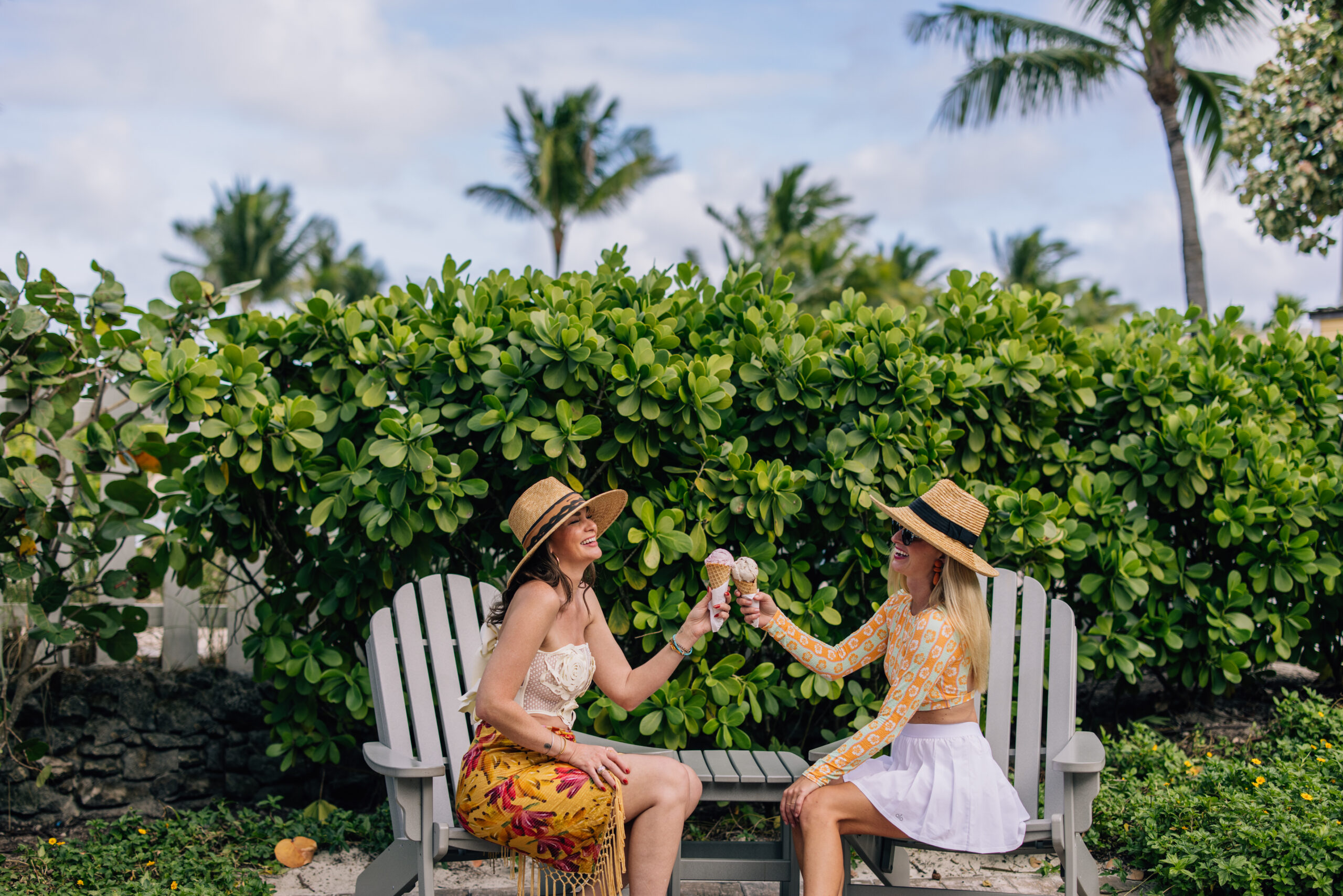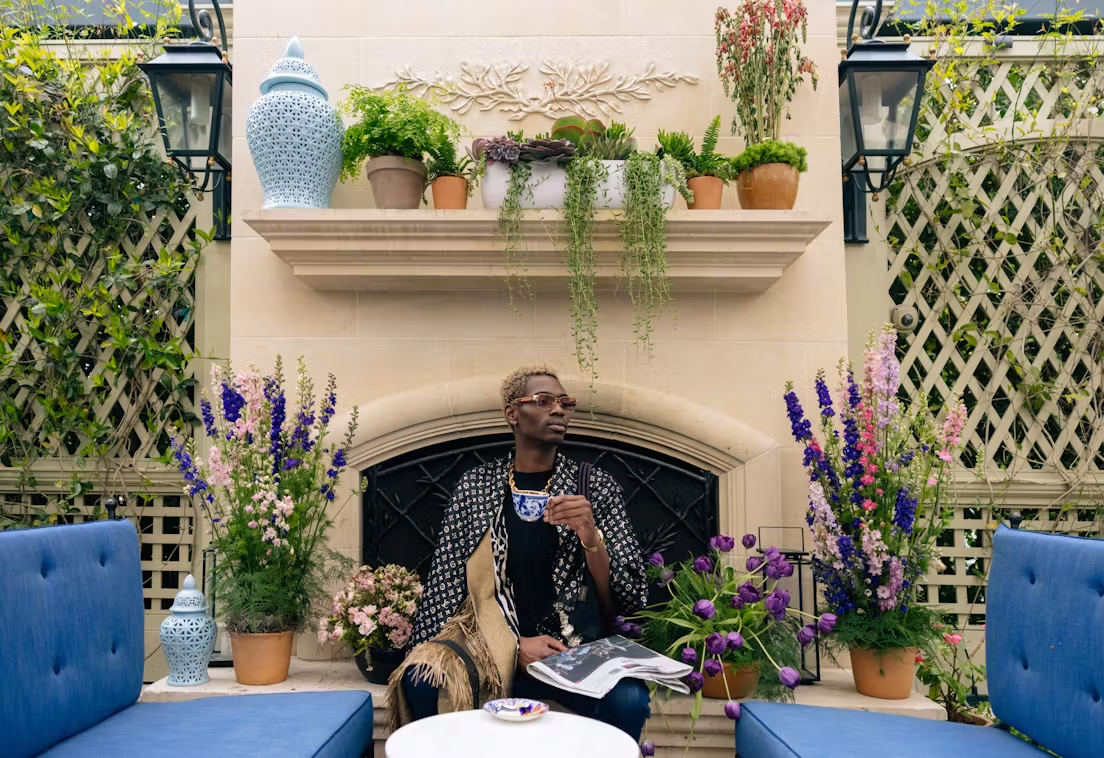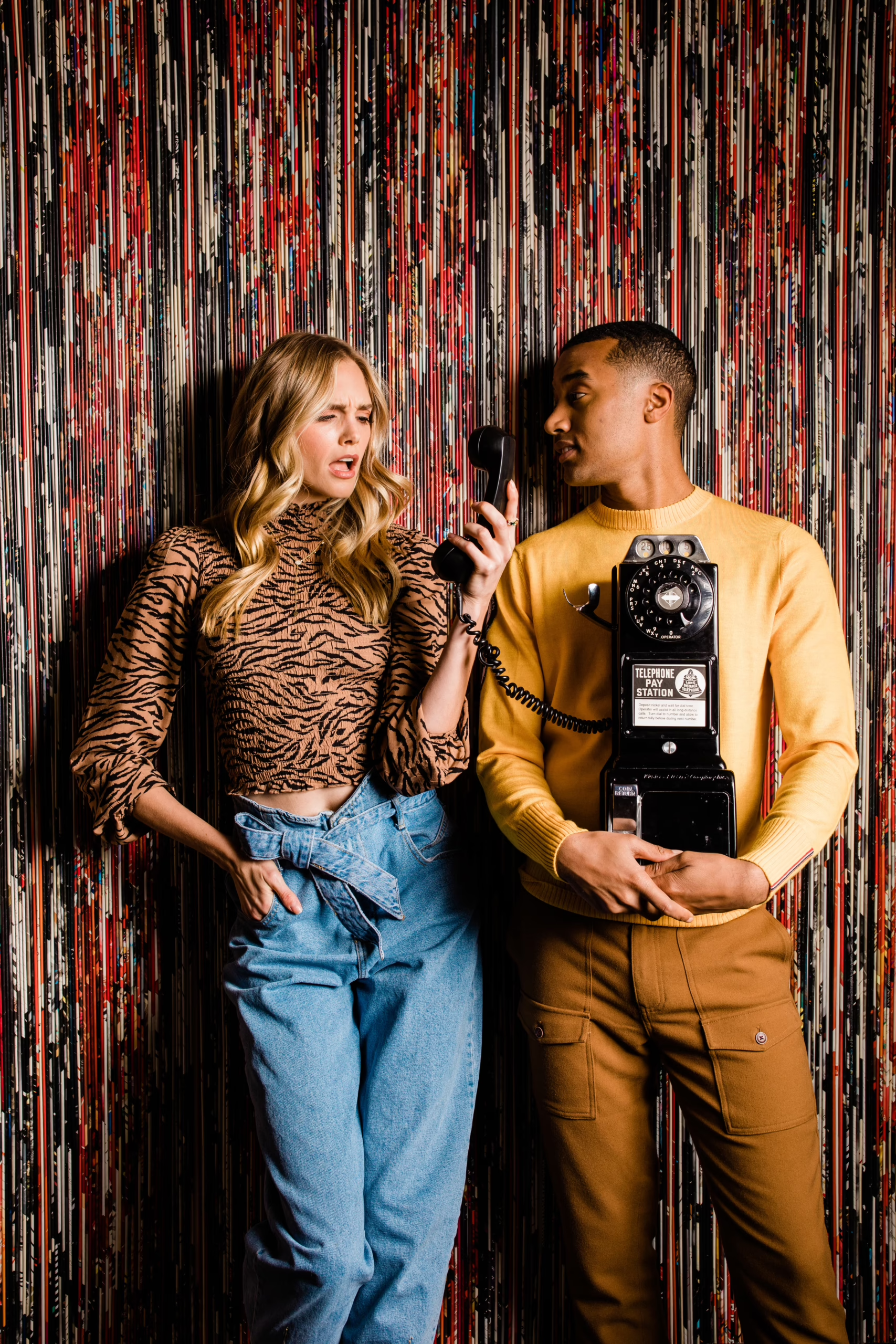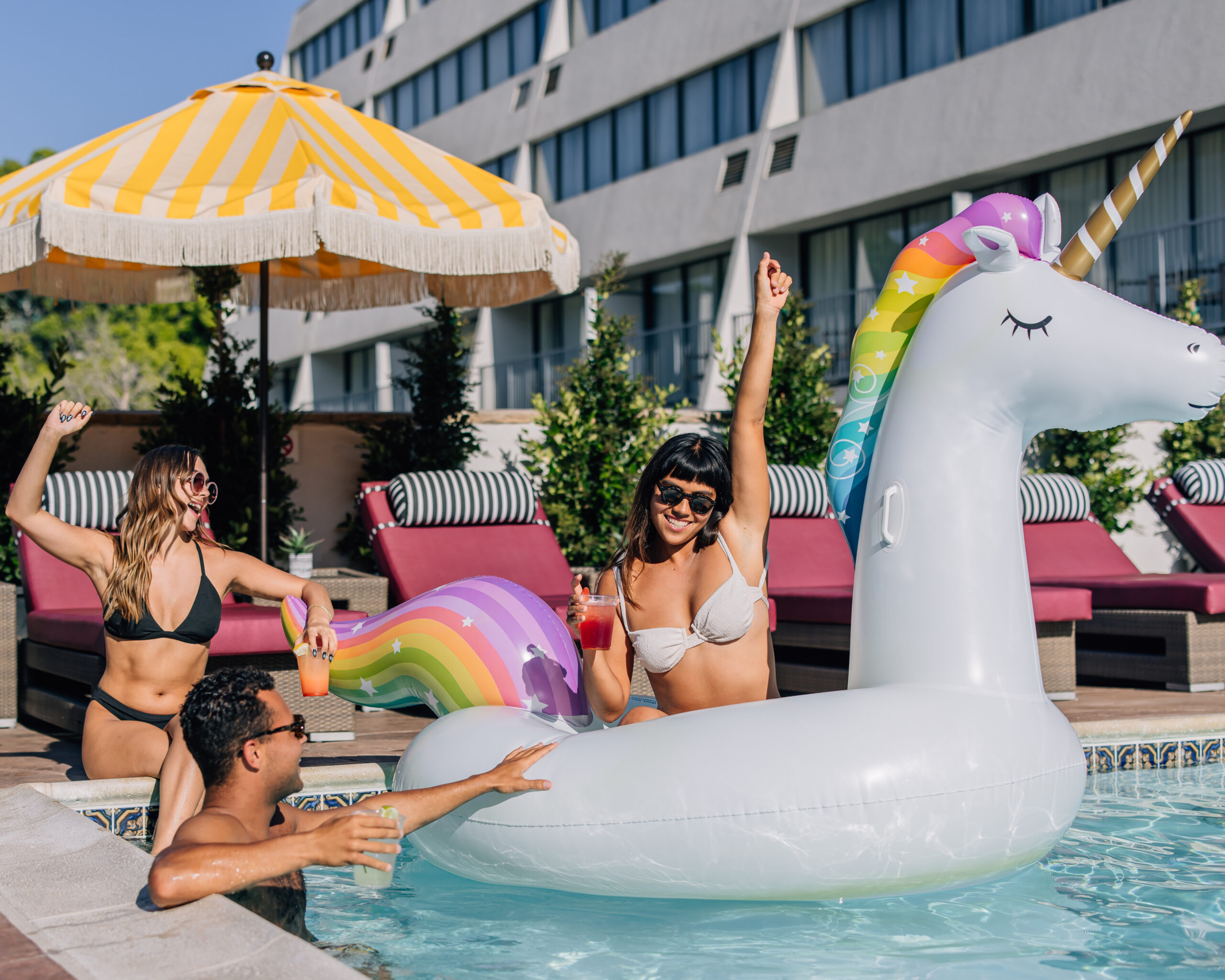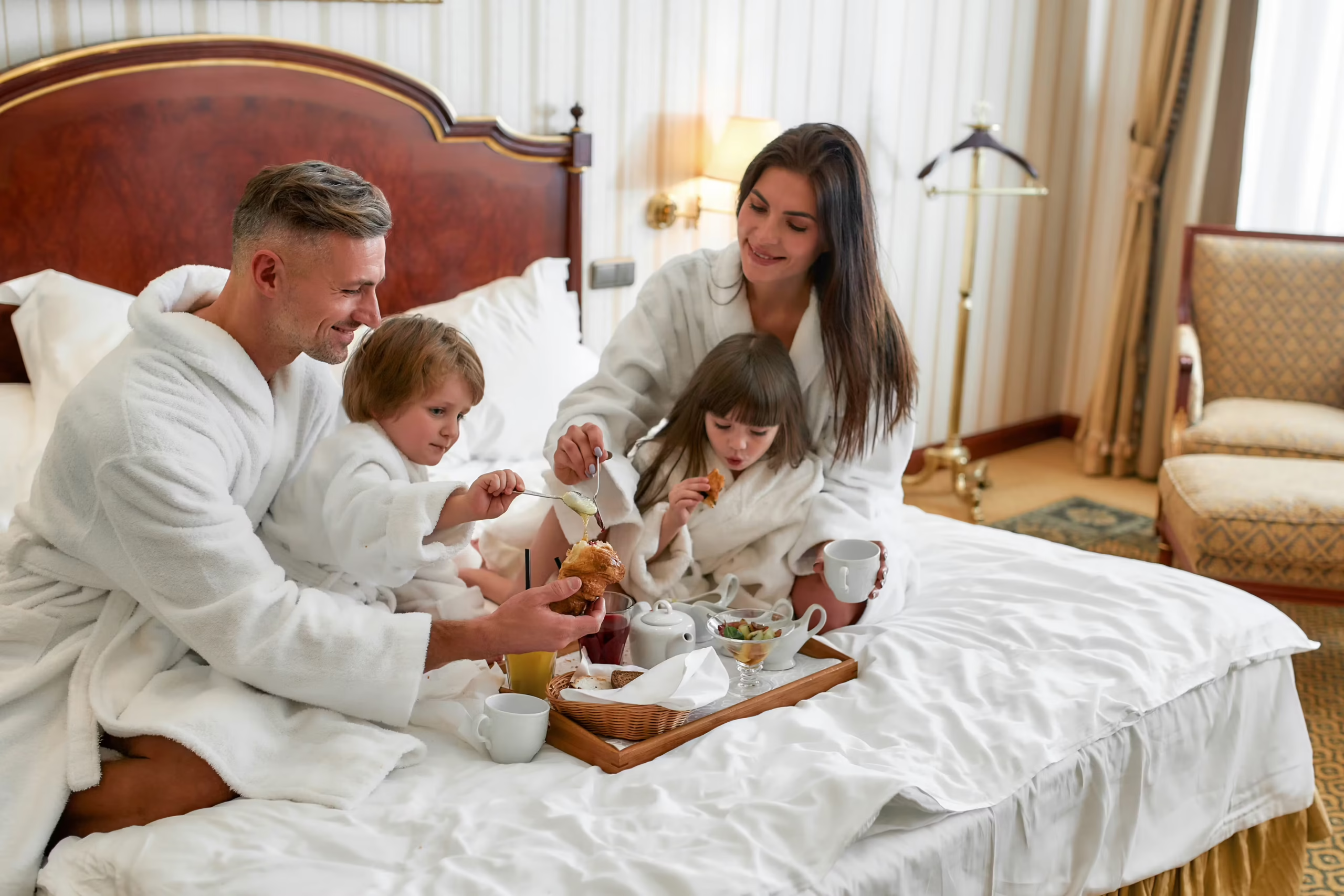In our recent article sharing insights about crafting the right social mix for your hotel, we covered the approach of basing your hotel’s platform strategy on the Big Three – Facebook, Instagram, and Twitter. It’s wise to utilize these three networks to form the backbone of a social media strategy in order to tap into their ability to target a large volume of users and drive reach across massive global audiences.
Yet, the opportunity to integrate supplemental platforms such as Pinterest, YouTube, and LinkedIn is often overlooked by travel marketers. These platforms offer the opportunity to drive deeper targeted messaging among niche audiences and the ability to tap into specific user behaviors. When combined with the ample reach opportunities of the Big Three, a carefully crafted multi-platform social mix can work hard to provide a return on investment by delivering omnichannel messaging throughout a consumer’s journey.
In this article we provide a more detailed look into these secondary platforms, including their key audiences, consumer usage, business capabilities, and available tools to leverage in order to expand your existing social strategy. As a topline visual guide to our strategic approach, BCV has created a Social Landscape Infographic designed specifically for travel marketers.
Pinterest: The Visual Inspiration Platform for Planning
Pinterest behaves differently than other social platforms; rather than being a channel for communication or quick-content sharing, Pinterest’s primary purpose is to aid and inspire Pinners to plan. Users come to the platform to curate Boards filled with ideas and imagery that they use to inform purchase consideration. Pinners typically seek content several months ahead of actual purchase or usage – creating ample opportunities for brands to spot trends as they are forming.
Pinterest’s niche audience sets and visual planning nature create a perfect fit for travel content. Travel is an especially popular category on Pinterest, as users search for destination inspiration, shop for lodging and restaurants, and curate their own boards for upcoming trips. These “future-tripping” Pinners pay close attention to travel influencers who are also active on the platform; many content creators come to the site to brainstorm as well, sharing ideas and concepts within their feeds. Since travel content is typically sought out several months in advance, Pinterest’s trending keywords can help to inform travel marketers of trends that will take shape in coming seasons, which can be used to inform content planning across other platforms and increase discoverability. By using these keywords to shape content strategy, you not only improve your Pinterest presence but leap ahead on other platforms too.
Travel brands can position themselves as inspiration go-tos for Pinterest’s visual discovery engine, and take advantage of Pinterest’s unique linking capabilities. Because the majority of users scroll Pinterest for purchase inspiration, an insight to how the platform is used by consumers, brands have a huge advantage on this platform over others because of its direct correlation with social commerce and shoppable posts.
Unique Selling Points
As an inspiration platform, Pinterest is primed for conversion, with many Pinners making purchases within the app or clicking links to complete purchases via websites. This creates an opportunity to attract travel audiences that are primed and ready to make purchases; travel marketers can intersect target audiences during the inspiration and planning stages, driving them deeper into the consideration funnel.
Brand Tools
Pinterest continues to debut notable tools for brands to leverage, the most valuable being its paid social commerce capabilities. These features allow brands to engage users right where they are seeking inspiration. Some of the current options include:
-
Shopping Ads. Single image ads that appear natively as a sponsored pin.
-
Personalized Collection Ads. A series of multiple photos that presents a range of different images to the user as a native ad.
-
Linked Pins. Brands can directly connect shoppers to their product page when they link their pin to their product.
Best Practices
Pinterest is a powerful tool to build awareness and drive traffic. Brands ready to integrate the platform can follow these tips:
-
Repurpose content. Content created for other marketing efforts can be utilized to build a presence on the platform. Often, content that is up to brand standard for Instagram is also well suited for Pinterest.
-
Post high production value content. Brands on Pinterest must have on-brand profiles that showcase their unique brand personality. Pinners don’t expect content to look “in the moment” or spontaneous. Content should be polished and pretty.
-
Build brand recognition. Ensure that the brand’s profile image/bio, choice of board topics/titles, and Pin content is relevant to current marketing messaging.
-
Optimize with keywords. Utilize trending keywords across the social landscape to inform and optimize your Pin and Board titles and descriptions, to increase searchability and discoverability.
-
Be visually alluring. Every post must have visual appeal. If it doesn’t catch a Pinner’s eye, it will be easy to overlook. Images should not only be high-quality, they should also be interesting and creative.
-
Link to product page. Many Pinners are shopping, so always link all Pins to either the brand website or a specific package or room booking page to drive action.
YouTube: The World’s Video Search Engine
As the world’s second-largest search engine, YouTube is as much about discovery as it is about video consumption. Brands that place their video content within the platform have a greater chance of discoverability based on the immersive, never-ending loop of content that consumers digest daily. By appearing in relevant search results here, travel marketers can boost their chances of engaging new audiences and potentially earning direct bookings.
During the pandemic YouTube usage skyrocketed, with a wide range of audiences (from Boomers to Gen-Z) turning to the platform for multiple reasons, including immersive experiences, escapism, and education. Many users who were dreaming of future travel possibilities took to the platform to consume travel content, creating a giant area of opportunity for travel brands to highlight their property and generate awareness for future purchase consideration.
Unique Selling Points
As the second-largest search engine in the world, YouTube is a unique way to filter the world through keyword-specific videos. By making your brand discoverable through video, YouTube offers a way for travel brands to showcase their destinations and expertise to provide value in an entirely new way. YouTube is also incredibly bingeable, as the algorithm works to consistently feed new video suggestions on a nonstop roll of content, therefore keeping viewers engaged and on the platform for longer.
Brand Tools
YouTube is a powerful platform for brand discoverability and consideration, providing brands opportunities to promote both with paid advertising. These options include:
-
Pre-roll. These ads show just before a video.
-
Mid-roll. These ads appear during longer form videos.
-
In-video. These small ads pop up during videos with relevant ads.
Best Practices
YouTube may feel like a high-investment platform, but there are many avenues to ramp up brand presence that require little production. Here are a few best practices to help shape your strategy:
-
Repurpose existing content. Consider creative ways to use pre-existing video on YouTube, including marketing and website content.
-
Showcase the destination. Publish content about your destination, using your local expertise to highlight places and experiences near the hotel to provide audiences with a well-rounded experience and drive further action.
-
Use popular keywords. To increase searchability and discoverability, use trending keywords across the social space to inform and optimize your video titles, descriptions, and playlist names.
-
Promote your property. Immersive, full-view looks at on-property offerings through social video content can help to attract potential guests and create awareness and consideration of your property. Travelers that are seeking to understand the entire experience before they come onsite – including the setting of a guestroom, pool area, or event venue – often use video content to inform their final booking decisions.
-
Show off your team. Consider creating content that involves brief interviews with people working within your property or brand. This can offer a taste of “behind the scenes,” a popular content genre, and may create a deeper connection with a brand by seeing real faces and passion.
-
Engage creators. YouTube has a diverse global content creator community, offering opportunities for travel influencer marketing. Partnering with an established content creator can hold incredible strategic value for brands on this platform.
LinkedIn: Building Brand Presence and Authority
As it’s audience base continues to climb, LinkedIn has become a valuable resource that expands upon networking and job searching. Users now turn to the platform for industry updates, learning opportunities, and news. This provides opportunities for brands to intersect key audiences and achieve deeper marketing goals, including connecting with qualified candidates, sharing thought leadership pieces, and to engage with their professional community to establish and build credibility in the industry.
Travel brands can especially benefit from the unique audience on LinkedIn by joining conversations surrounding relevant topics, such as the future of business travel or in-person meetings. Additionally, this is a key platform to build awareness and brand trust among key business decision makers and event planners, driving lead generation opportunities.
Unique Selling Points
LinkedIn is unique in that it’s a social networking platform wrapped around the broader business world. With the recent rollout of new creator tools, it champions thought leadership and professional development through multimedia content, live streaming, and enhanced user profiles. LinkedIn focuses less on visual aesthetics and more on practical, informational, and inspirational content that furthers careers.
Brand Tools
LinkedIn has a robust paid advertising platform that puts your brand in front of targeted audiences. Given the B2B focus, Linkedin isn’t as affordable as other platforms; there’s a premium for accessing these higher-value audiences. Options include:
-
Sponsored content. Single image, video, carousel, and event ads with direct placement in the LinkedIn Feed.
-
Sponsored messaging. Conversation and message ads that connect with an audience in a personal way through the LinkedIn messaging inbox.
-
Text and dynamic ads. Text, Spotlight, and Follower ads to drive consumers to your website through text, images, and video.
Best Practices
When integrating LinkedIn to your social media marketing strategy, consider the following best practices:
-
Prioritize quality. For brands new to the platform, remember that it is important to take things slow and prioritize quality over quantity. Professional audiences can sense low-quality content and will quickly tune out. This extends to your profile: be certain that the bio language is up to brand standards.
-
Post natively. Posting natively is the best way to reach LinkedIn users. However, for brands new to the platform, resharing other posts is also a good way to get started.
-
Tap into what is trending. Utilize hashtags, keywords, and applicable trends to your brand. This boosts impressions as well as improves brand recognition.
-
Go long. Studies show that long-form content performs better, as many users visit the platform to better understand the insights of their industry. This gives brands the opportunity to become leaders in their sector, offering industry leadership and authority
-
Use images. LinkedIn posts with images gain 2x more engagement on average.
Crafting your supplemental mix
Diversifying your platform mix beyond Instagram, Facebook, and Twitter through the addition of supplemental platforms – specifically LinkedIn, YouTube, and Pinterest – creates a more impactful social media presence. This multi-channel presence creates additional points of engagement along a guest’s purchase journey, targets specific audiences that are more apt to take purchase actions, and increases traffic to the hotel’s home page – ultimately placing more attention on your brand.
As social media usage continues to steadily grow and platforms continue to develop specific audiences and behaviors, we recommend extending resources to develop a presence on these platforms according to individual goals. These platforms are nearly always additive and used in conjunction with existing efforts on the Big Three platforms. BCV’s social media experts can help you define your strategy and choose the right supplemental platforms for your brand goals.
Ready to explore a more targeted social strategy? Contact a specialist and let’s craft a strategic platform plan that can produce greater ROI across your social marketing mix.
